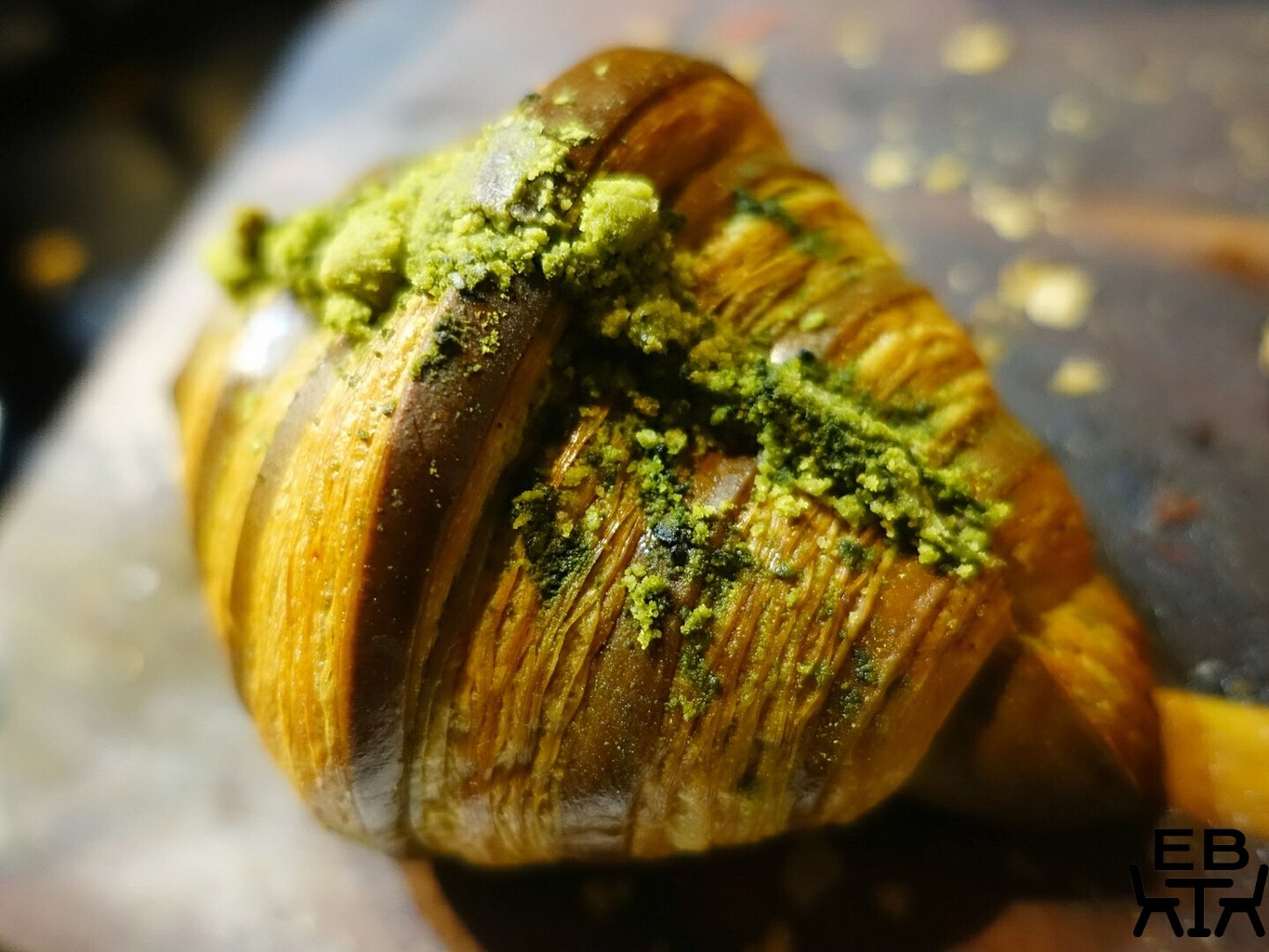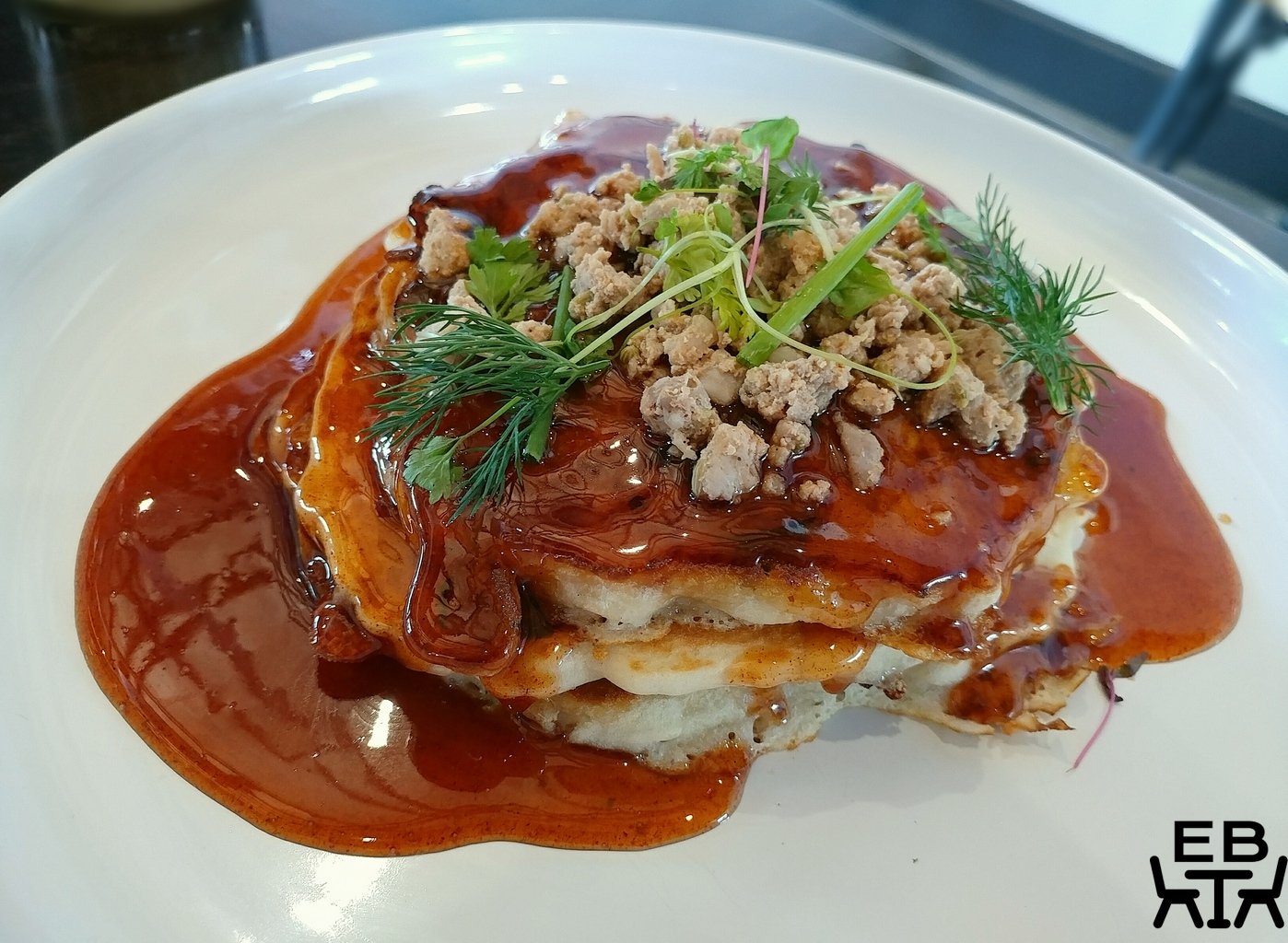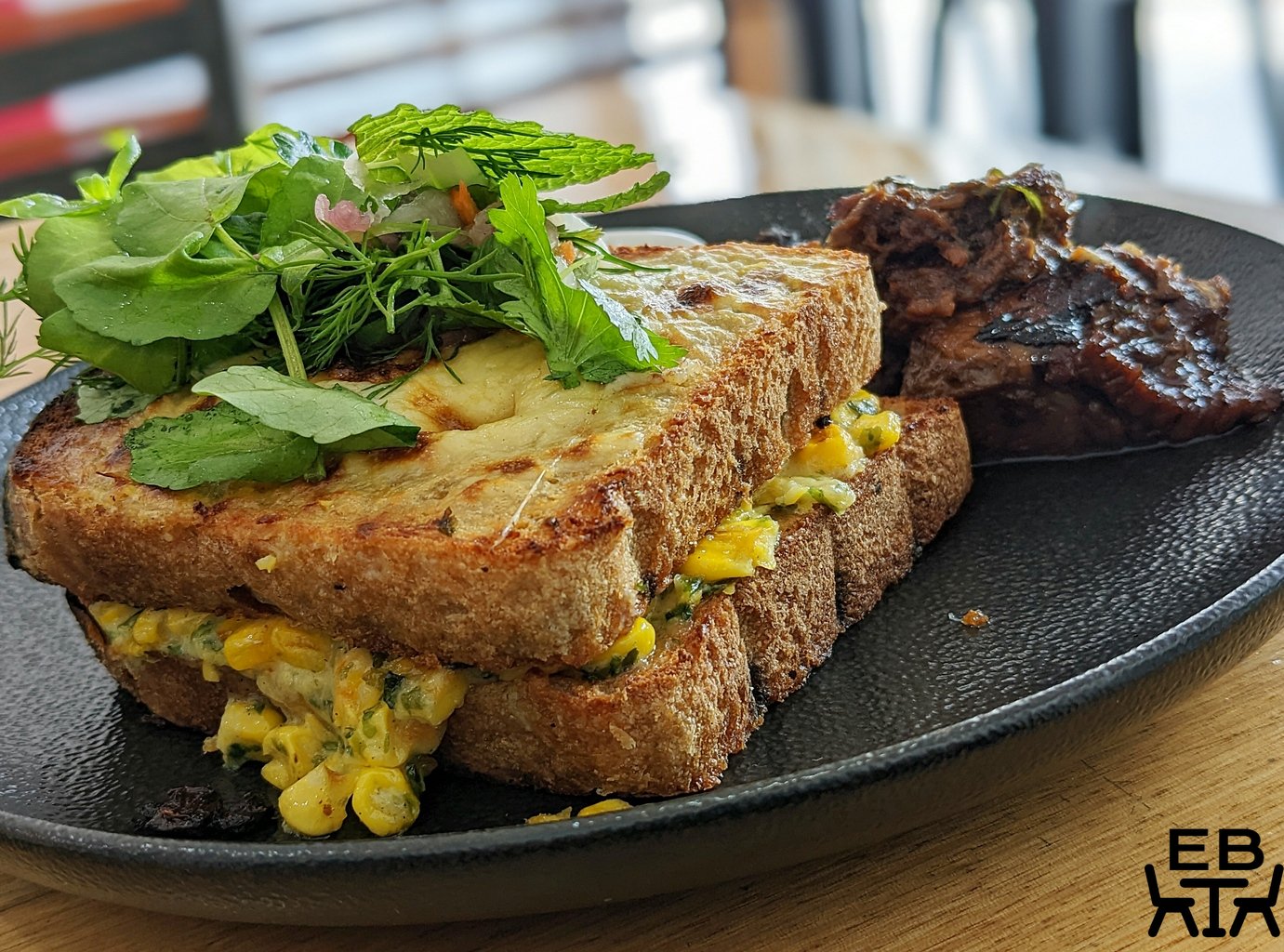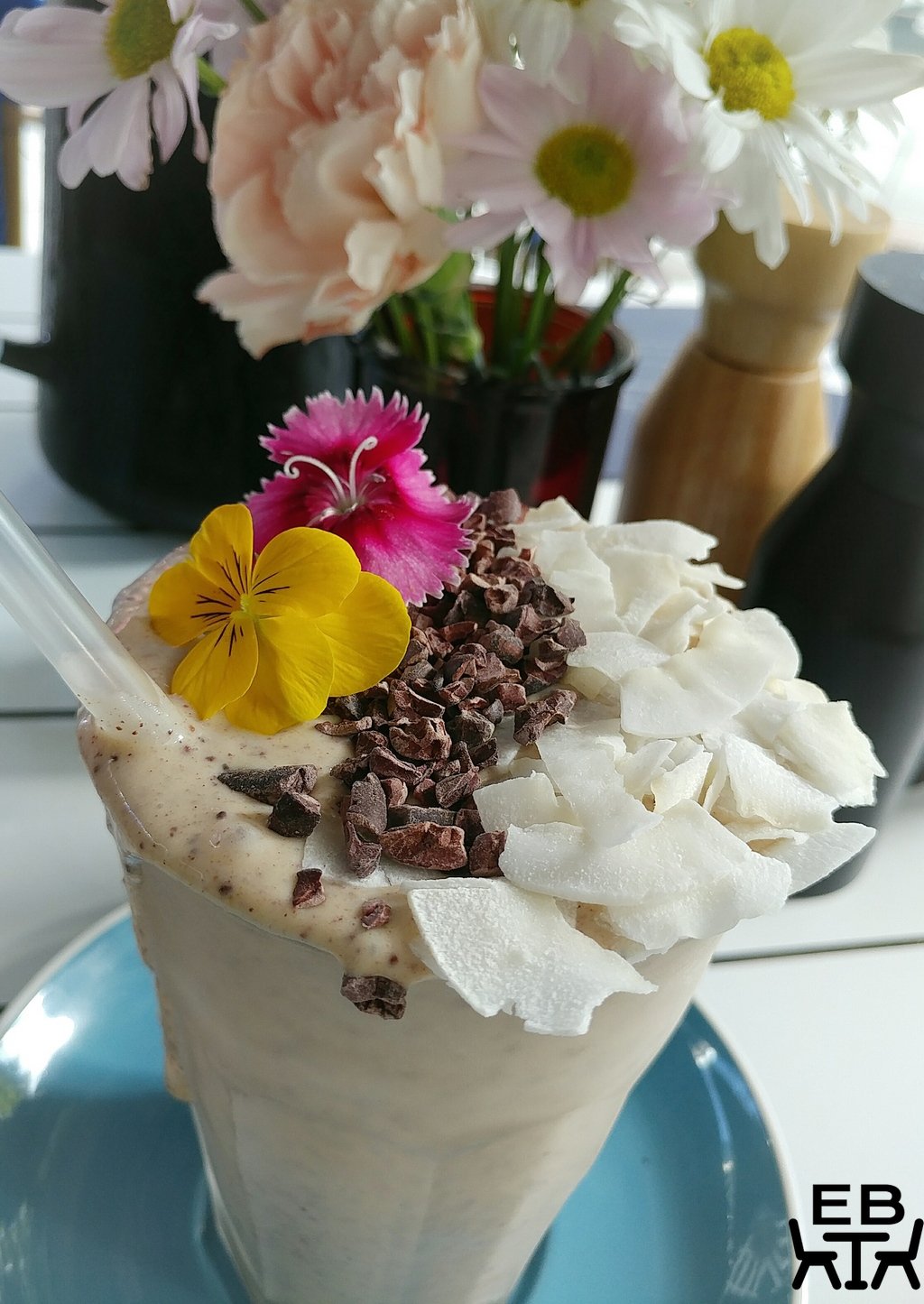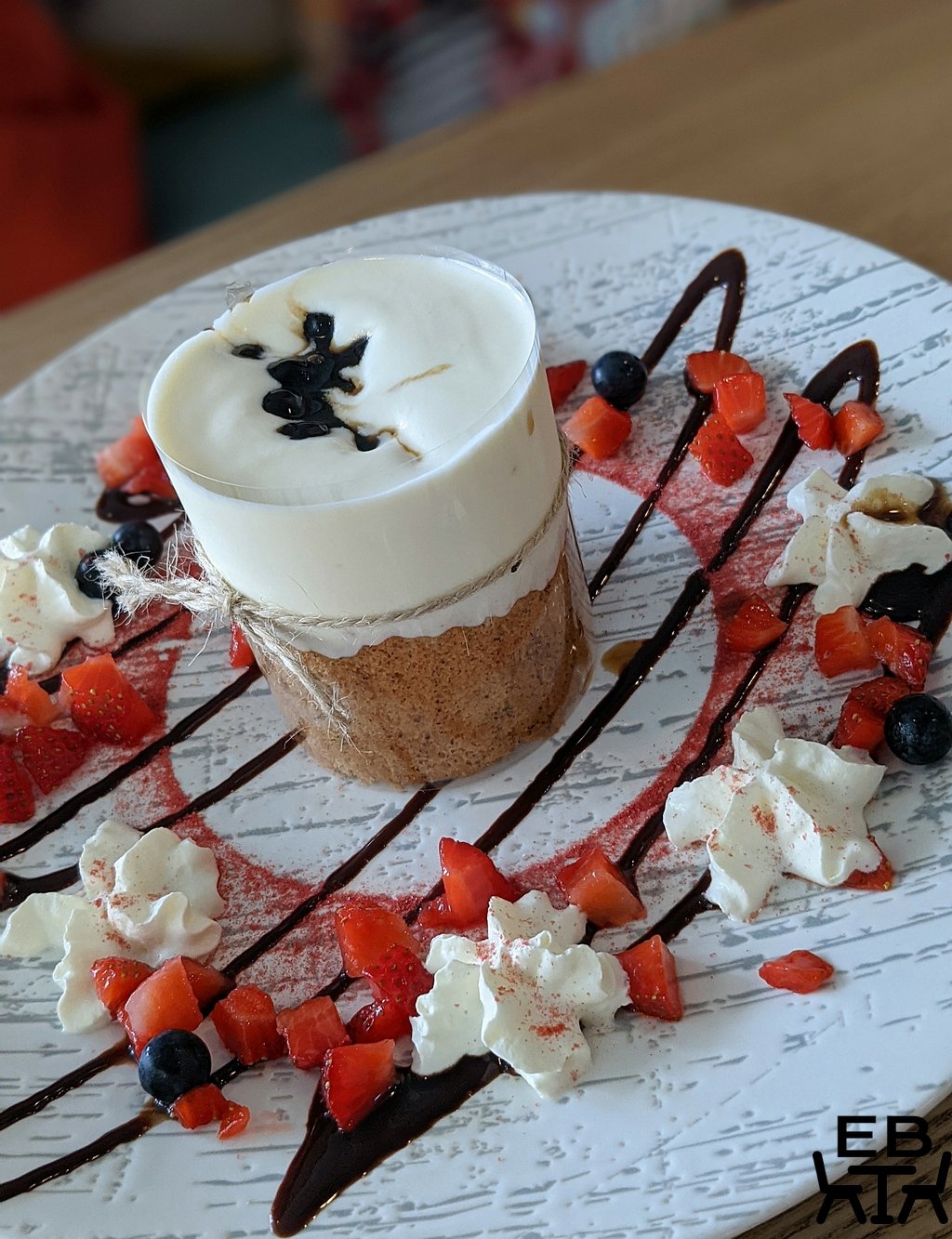Last updated on April 10, 2018
Along the strip of little eateries along Boundary Street in Spring Hill is the Creole Soul Kitchen. Relatively newly opened in early March, it offers Creole food with an Italian influence. A number of media sources have called it the first Creole-Italian or Italian-Creole eatery in Brisbane. I guess they were looking for a point of difference to trumpet, as the Creole Soul Kitchen would not be the first place to offer Creole food in Brisbane. Others have tried, with limited success. Papa Jack’s has closed down, and after having been to Bourbon Street in SouthBank once, I can say that I would not eat there again. The Creole Soul Kitchen, however, is a different story.
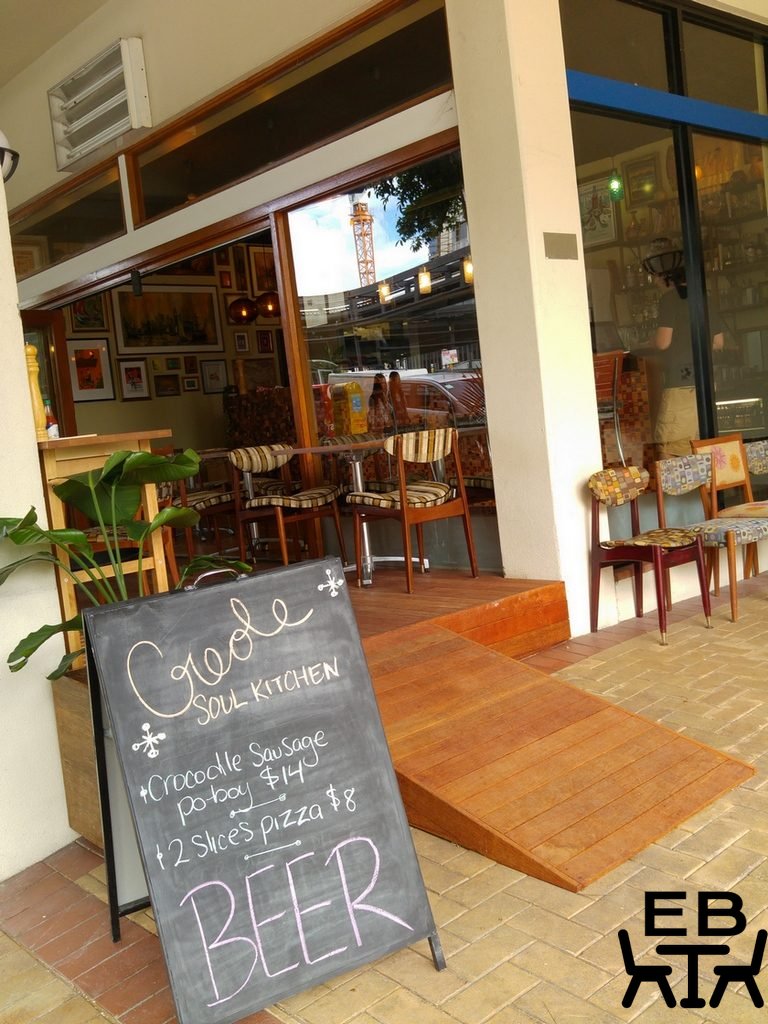
The restaurant is quite low-key, and we would have walked right past it if we hadn’t spotted the A-frame out front. Crocodile Sausage po-boy isn’t something you see everywhere.
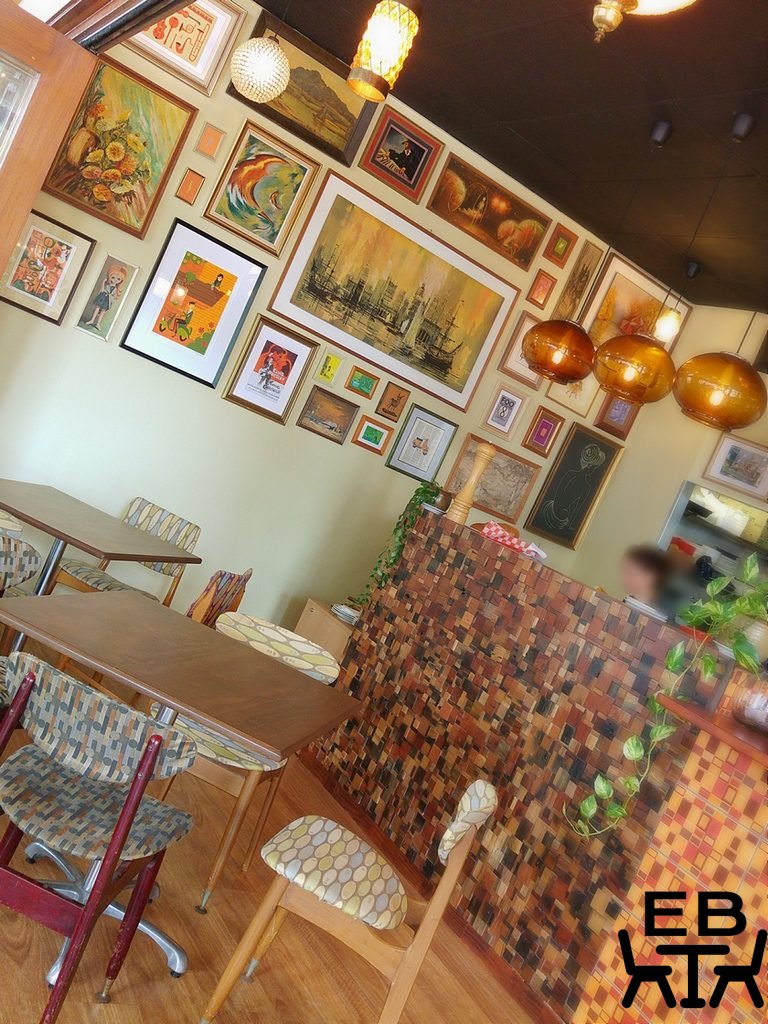
The colour palette is orange and brown. The seating is half inside the restaurant space itself, and half in a covered walkway area, neither actively cooled or heated. It is furnished with wooden tables and chairs upholstered with patterned 70s style fabric. There is an interesting assortment of retro lights inside as well, and it all does feel like you’ve entered a bit of a time warp.
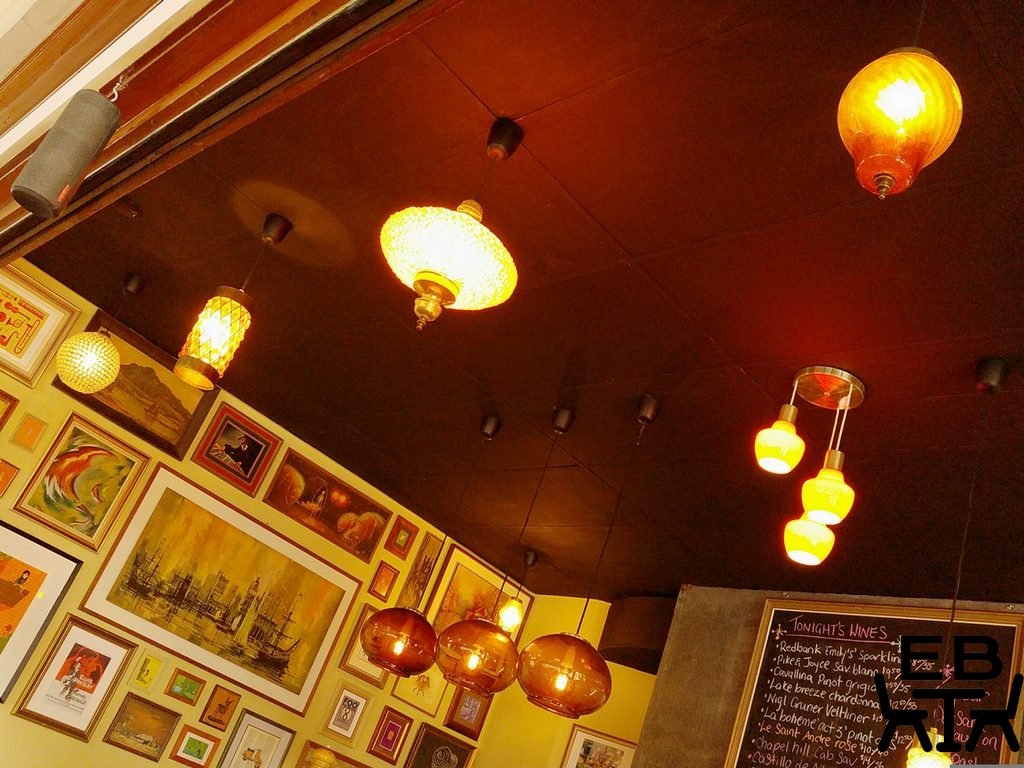
Unfortunately, it is currently across from a large construction site, where a government building is being gutted and refitted into a apartment complex and five star hotel. Constant loud drilling and hammering doesn’t help the serenity, which isn’t the restaurant owners’ fault. The situation may be better at night, and certainly when the construction is done. I did have to ask some of the construction workers loitering and smoking nearby to move, because the stench of their cigarette smoke kept coming across to where we were trying to eat. Less likely to change though is that the outside seating is near a road with a fair bit of vehicular traffic on it. There was indie rock music playing a little too loud in combination with construction and traffic noise.

The menu has a range of po-boys at lunchtime, as well as small plate dishes, waffle fries, and salads. We didn’t check whether the pizzas were only available at dinner time, as we had already found interesting food in the other sections. We settled on the Jambalaya arancini, chicken and sausage gumbo (how could we not?), and a couple of po-boys, later followed by another.
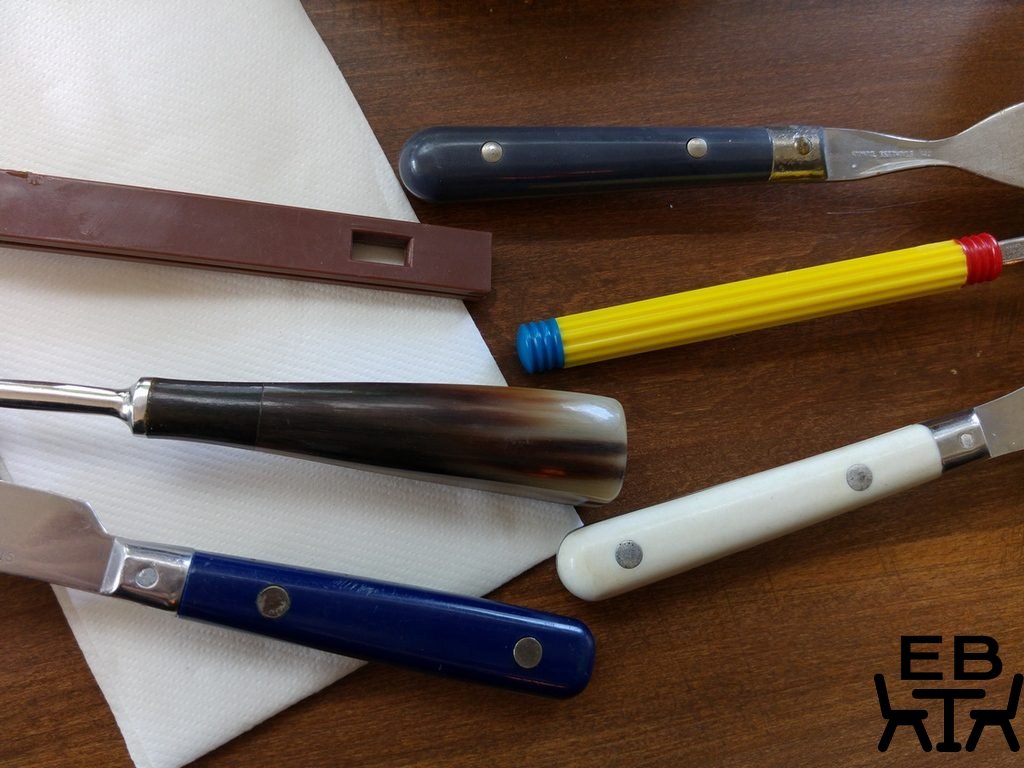
The Jambalaya arancini were made from roasted tomato rice with onion, capsicum, celery, ham, and smoked gouda. They had a good crunchy crust on the outside, and on the inside were the rice grains, cooked so that they still had texture and were discernible as individual grains rather than mush, and held together with gooey melted cheese. There was a herby tomato-based sauce with it that was a little sweet, but mostly tangy, and went well together.
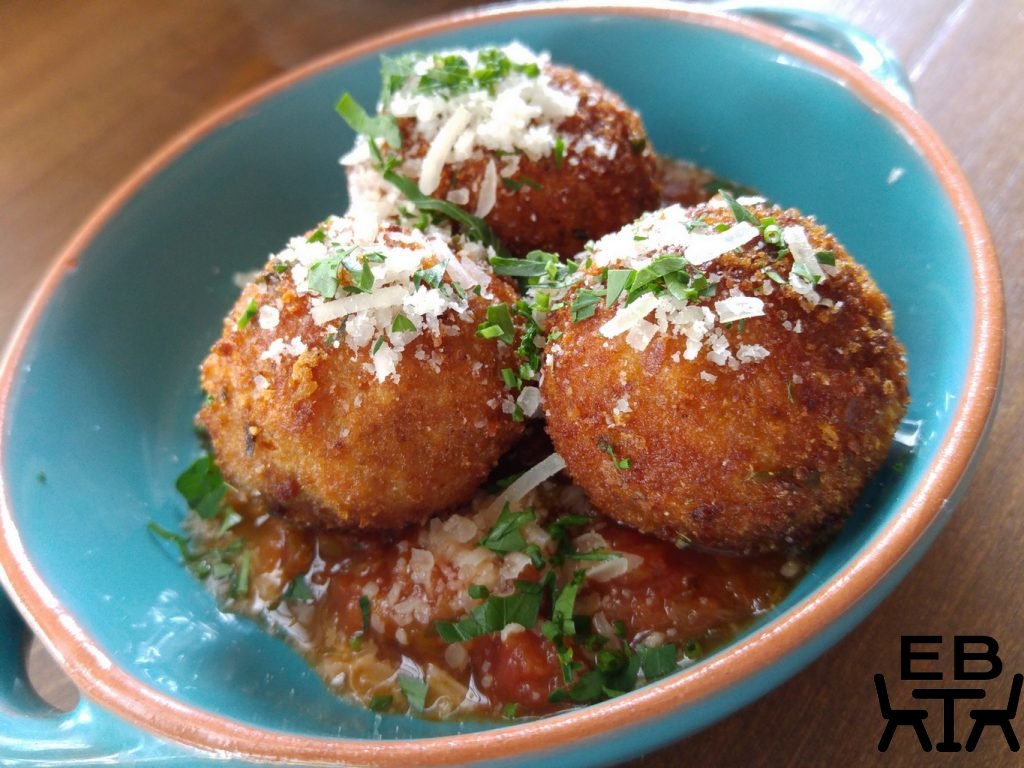
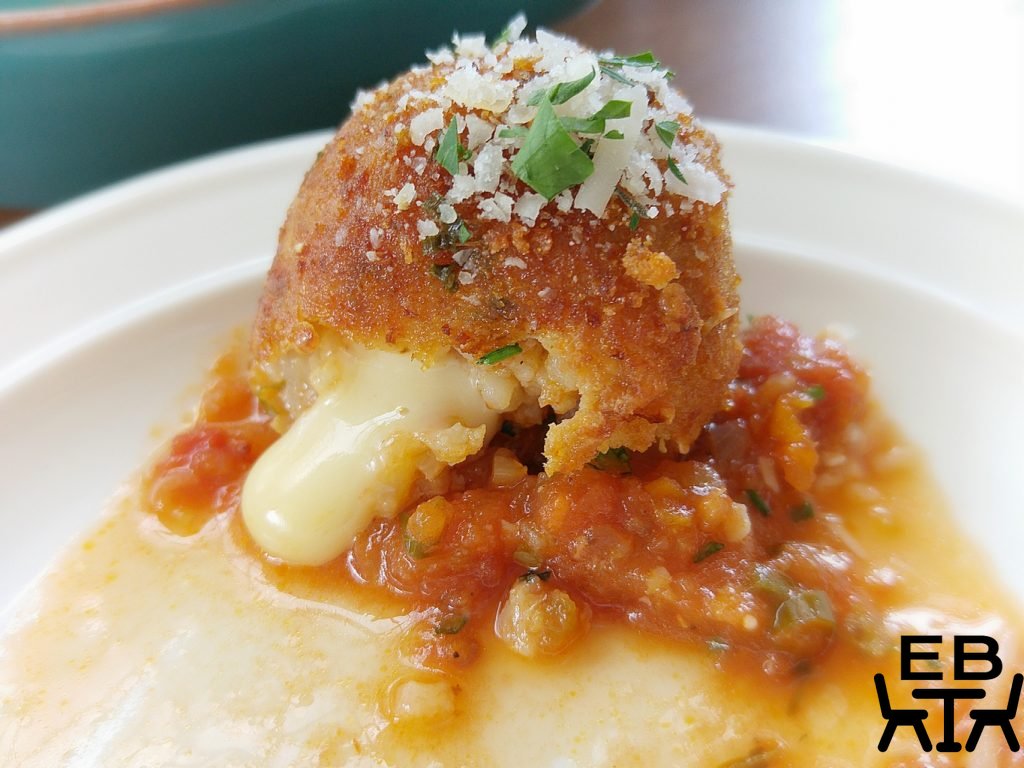
Soon after that came the gumbo, of chicken and andouille sausage, okra (ladies’ fingers), onion, green peppers, celery, and rice. The stew was rich and meaty with a hint of tartness in the finish, unlike the runny sauce version we had had elsewhere. There was a mound of rice in the middle of the gumbo, to make the dish more filling. It also came with slices of crunchy, flaky, buttery bread, which pulled apart softly, and were good for mopping up the stew.
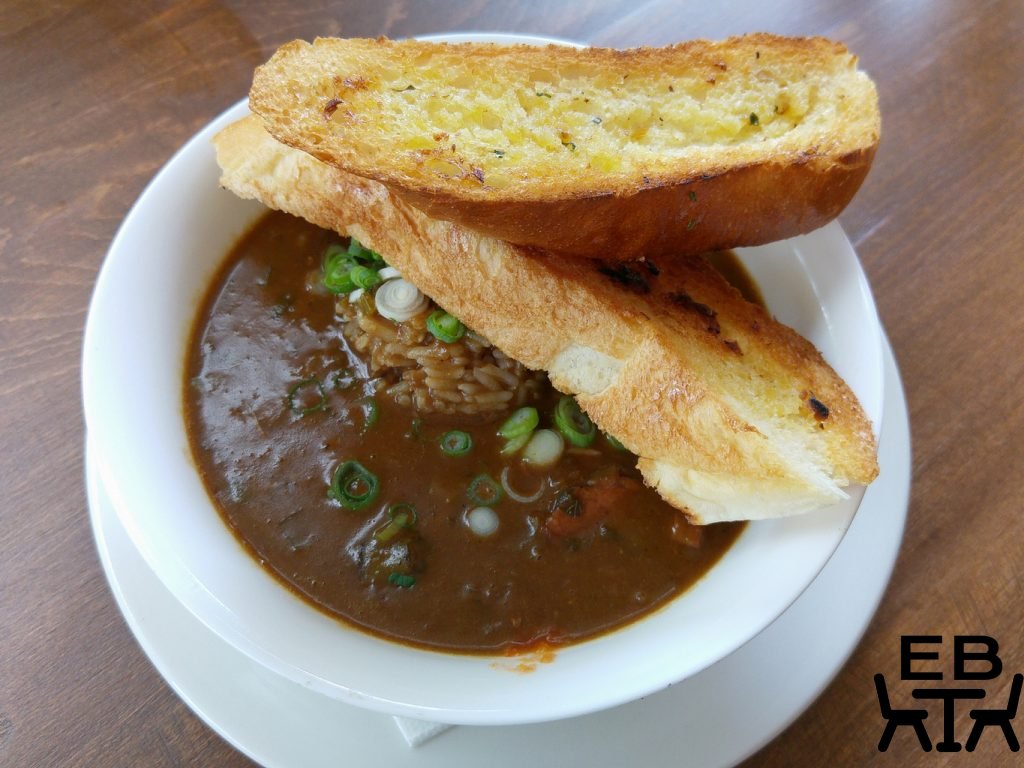

The po-boys were brought out next, and coming to the table, reminded us very much of banh mi, which was the other option previously considered for lunch. That is probably not terribly surprising, since both types of sandwiches have their meat and salad fillings encased in baguette bread, thanks to the French influence.
We had to order that crocodile sausage po-boy, of course. The crocodile sausage pieces weren’t like sausage at all, but more like small fillets of crocodile meat. The crocodile meat was tender, and much like a firm fish in texture. The outer cornmeal batter layer was thin and crunchy, with the cornmeal bits adding even more crunch than you would get from a typical flour batter. Eating bits of the crocodile sausage by itself, it was nicely savoury, and just a little acidic. The flavour was a little drowned out by the mayonnaise and the amount of bread you actually got with each bite, but it did go together well, and the lettuce and tomato made it lighter.
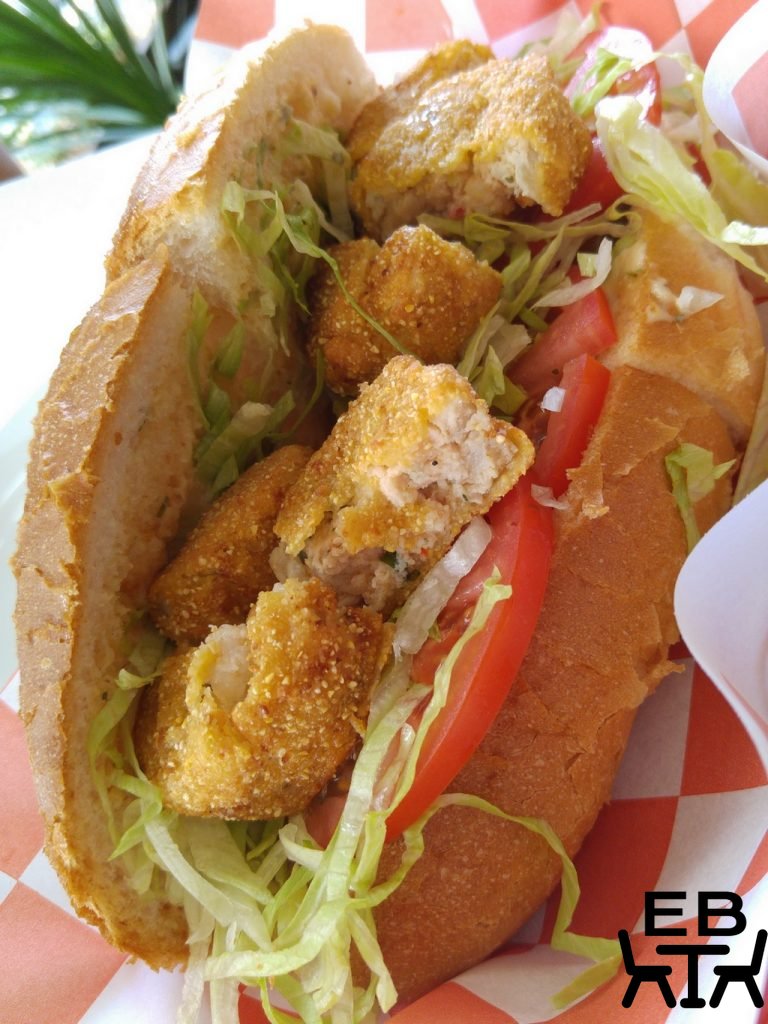
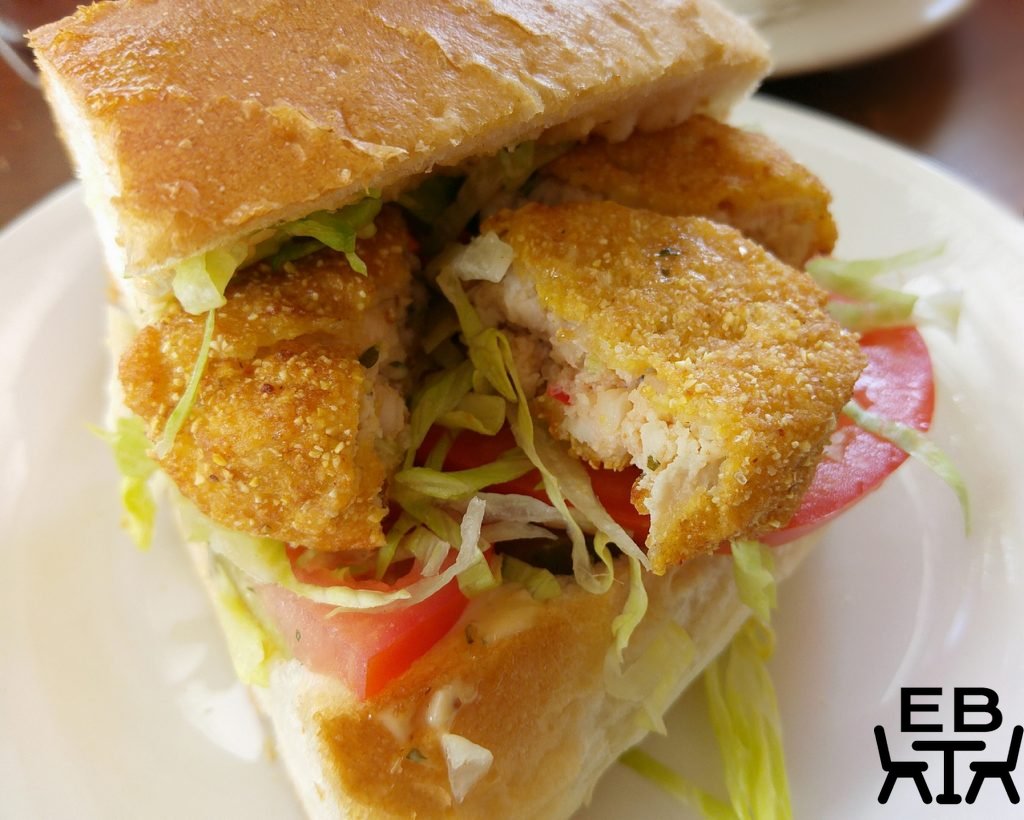
The soft shell crab po-boy looked like a creature from the deep was trying to escape from inside the baguette, which is to say it had a good amount of softshell crab in it. Again, it had that crispy cornmeal outer batter layer. Biting through it, the soft shell crab retained its flavour and juiciness. There was no oiliness. That was the best soft shell crab we had had in years. This po-boy also came with lettuce, tomato, mayonnaise, and pickles. As with the previous one, the baguette bread had slightly shiny, crunchy skin, which wasn’t quite as crunchy and flaky as elsewhere, but was nicely soft inside.
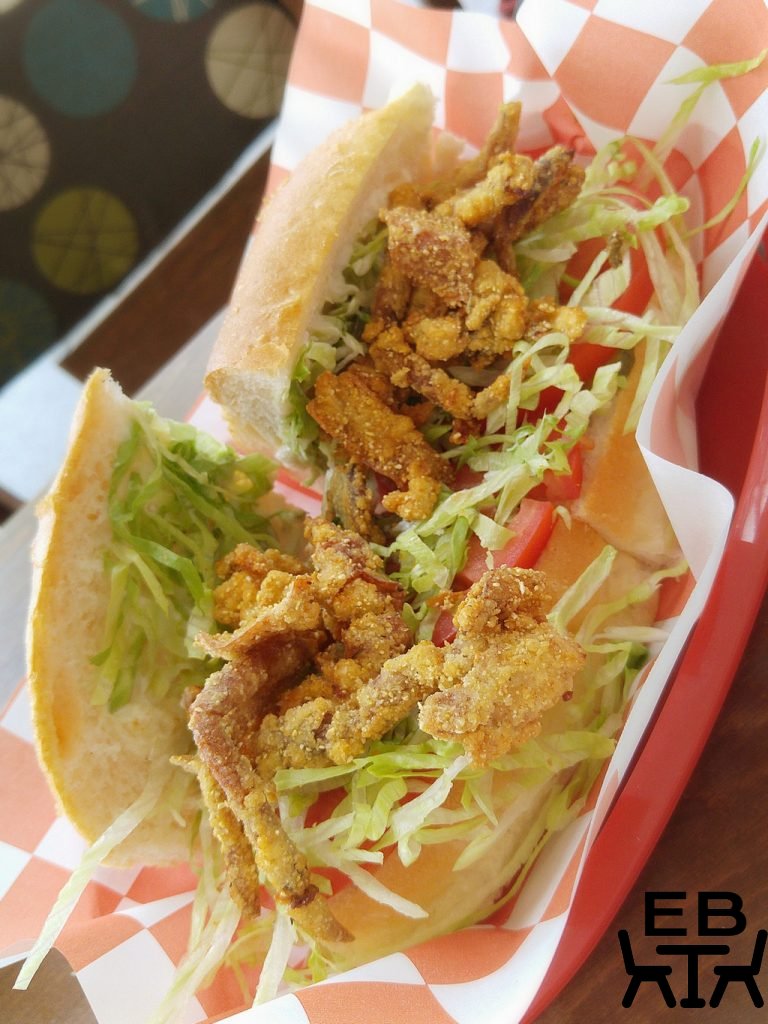
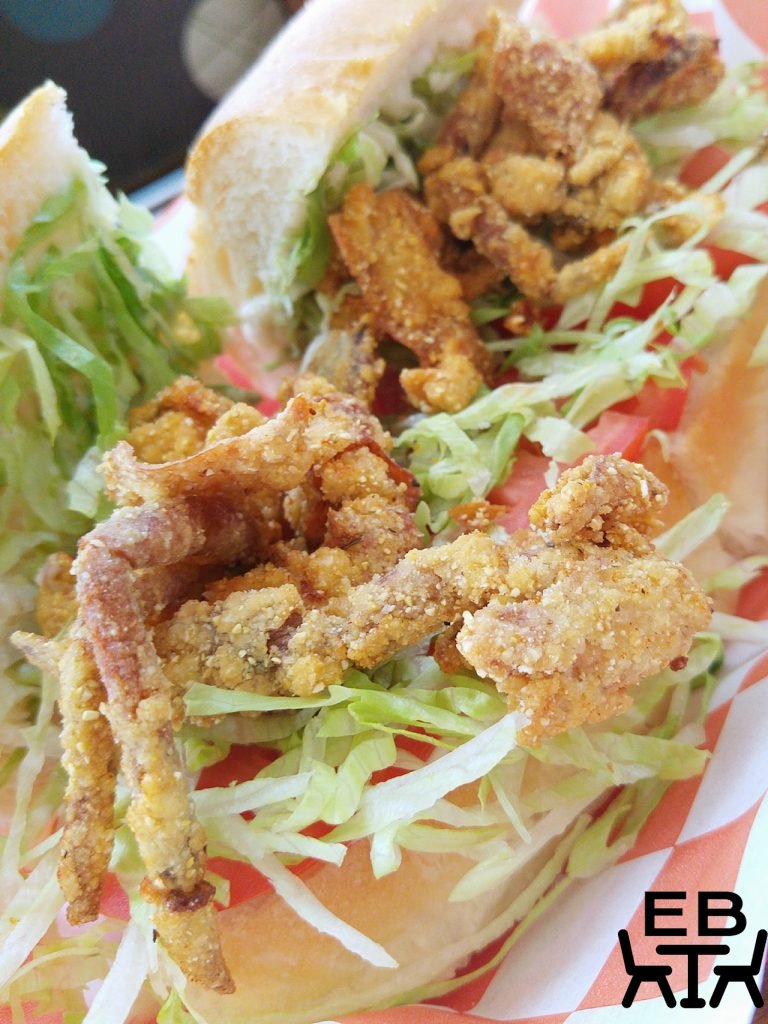
We decided that there was room for one more po-boy, having been trying to decide between a few earlier, and ordered the muffaletta. It had ham, salami, mortadella, provolone, mozzarella, and muffaletta tapenade, and probably represented the Italian aspect of the offerings here. As the menu promised, it was a warm, meaty, cheesy, salty, spicy, sour, pickly mix. It had much stronger flavours than the previous po-boys, and you could easily see it being late night eating to go with drinks for some.
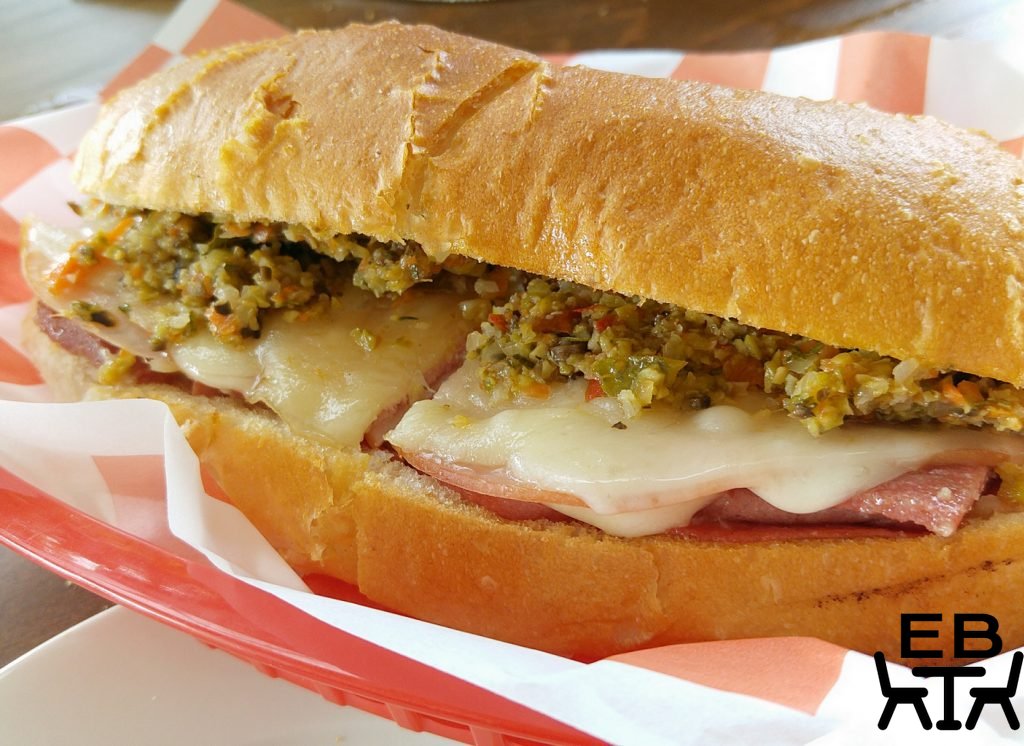
We were well looked after while we were there, with our water glasses kept full and our sharing plates kindly being changed between the saucy starter dishes and the po-boys. We also appreciated one of the owners talking to us about the food (we had asked about it), and explaining the difference between Creole and Cajun cuisines.
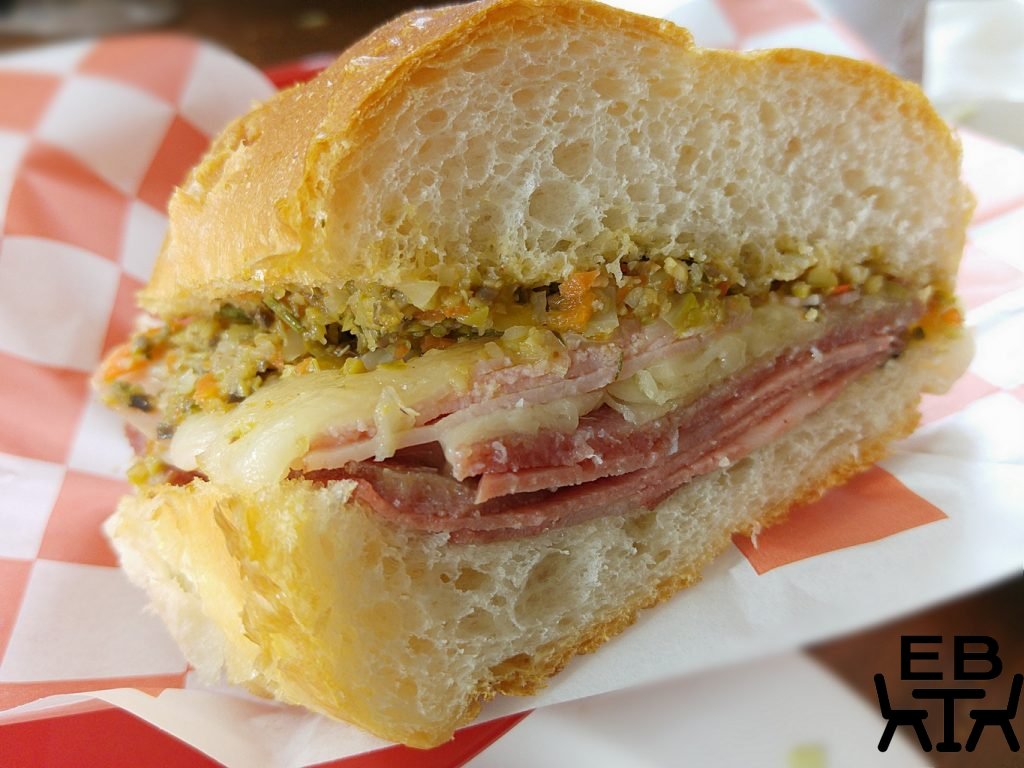
While the terms are often used interchangeably for New Orleans or Louisiana food, they aren’t actually the same, and the differences come from the histories of the populations they developed in, socio-cultural factors, and what supplies they had access to. There are lots of other sites you can go to to read up on it in more detail, but the short version is that Cajun food came from the French colonists who were expelled from where they had settled in Canada, and subsequently settled in Louisiana, who made what they could with the local seafood and game they could catch. That extended to them using oil and animal fat as bases for their roux. The Creoles, on the other hand, were a wider mix of people, but the term was generally used to describe those born to the settlers in New Orleans, and they generally had access to more exotic foods to cook with, either by virtue of belonging to the upper classes or working in the kitchens for the upper classes. They got to use butter in their roux, and things like tomatoes in their sauces.
All up, the Creole Soul Kitchen had tasty, well-cooked food at reasonable prices. The po-boys are a generous size, and have some different and delicious fillings. The construction going on does affect the setting you eat in, but the food still makes it worth going there.
Scores:
Food: 3.5/4
Setting: 0.5/2
Service: 2/2
Total: 6/8
Price point: Small plates $9 to $15. Gumbo and salads $10 to $12. Po-boys $10 to 14, unless you get a fried oyster one which is $23.
Value: Good.
Details:
Address: 448 Boundary Street, Spring Hill
Phone: 07 3162 2085
Website: Creole Soul Kitchen

